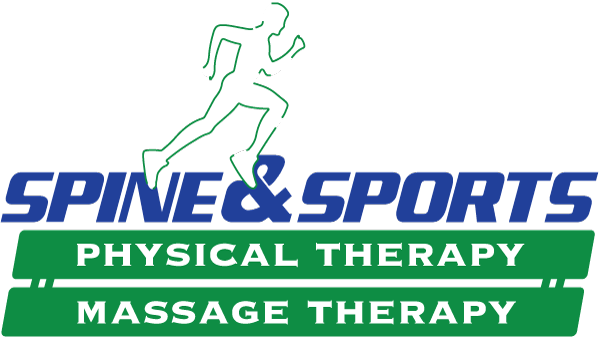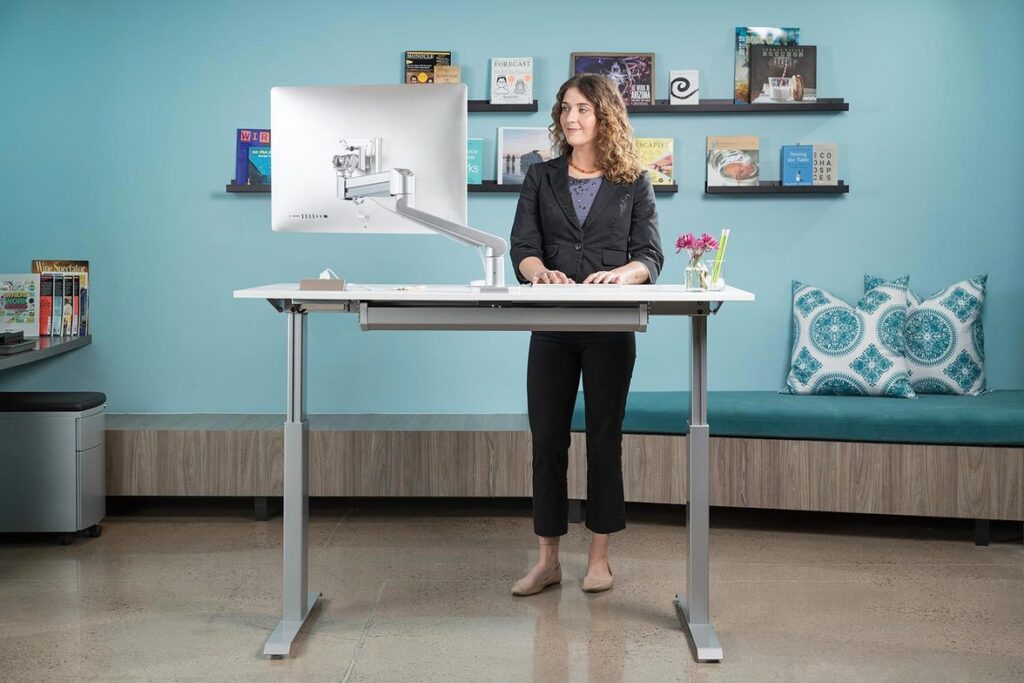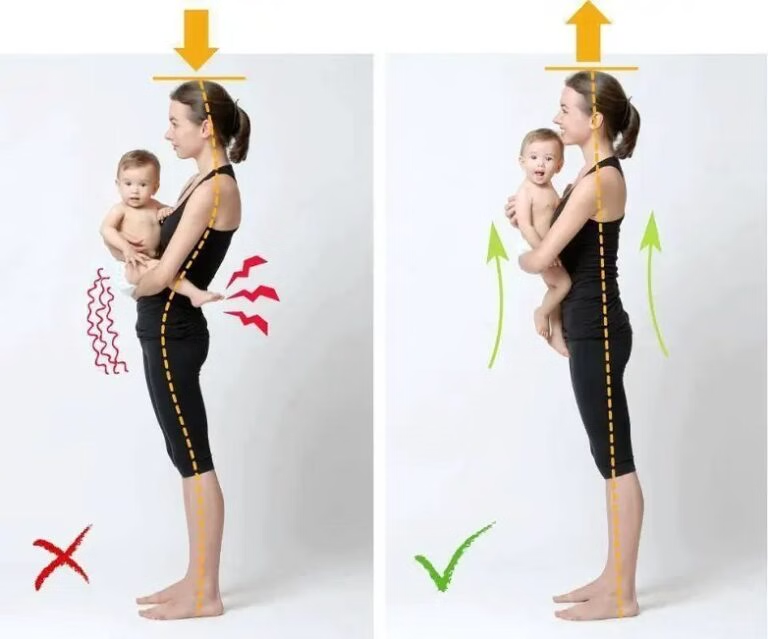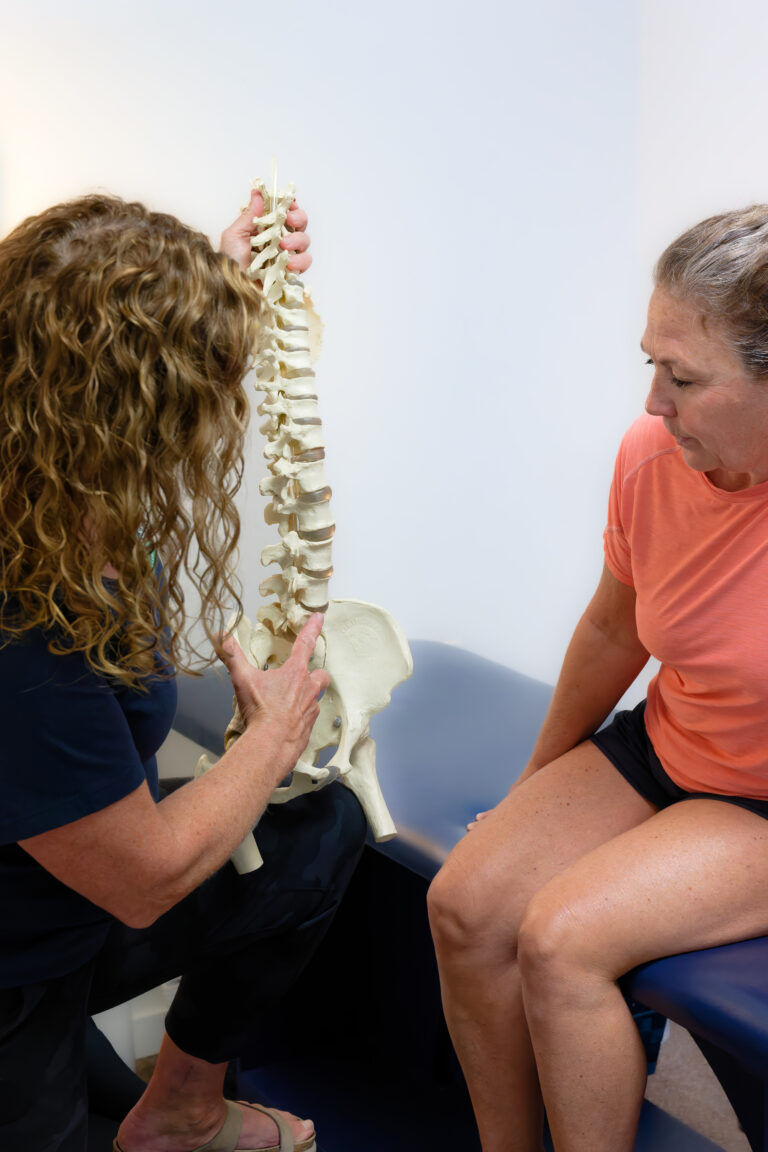To Sit or Stand?
As the office environment continues to evolve with today’s rapidly changing technology so too is the way we are interacting with it. Sit to stand desks and desktop setups are rapidly being recognized by employees and their employers as beneficial to both parties.
According to recent studies employees spent approximately 62% of the day sitting, students in university up to 75% in classes and studying. Then there is time tacked on for commuting, personal computer and phone use, sitting for meals and well, sitting down to read this article and watch TV. We spend a significant amount of time sitting!
The majority of us have also experienced some kind of lower back, hip, neck or shoulder pain or impairment related to sitting at some point in our life. It is well documented to be linked to increased risk of cardiovascular diseases and musculoskeletal injuries. All this can lead to reduced productivity, lost work days, stress and anxiety about having to continue doing something we know is hurting us.
Our bodies are built for movement and any position whether it be good posture or bad can cause problems. Sitting inevitably leads to slouching with shoulders rounded and heads forward and down. This also affects our glutes as they are disengaged, becoming weak and poor in supporting our upper body. With the hips flexed, the hip flexor muscles, which originate from our lower back become tight. Have you ever experienced that deep aching pain in the front of your hips and difficulty standing after sitting or driving for a long time? Those are your hip flexors in spasm and they are pulling from your lower back. Do that for 25-30 years working plus our other daily sitting activities, it’s no surprise 80% of the population will experience lower back pain at some point in their life.
Standing requires the involvement of the hips and legs to remain upright and support the lower back. It reduces compression on the lumbar spine and prevents stagnant blood flow in the lower limbs. It is also very difficult to slouch while standing, mainly because it is so obviously uncomfortable. Chairs can provide soft cushioning and support allowing us to sit even longer in our day before realizing it’s been too long.
The option of a sit to stand desk provides the opportunity throughout the day to change your position. That’s the key, changing the position, not standing all day, that would eventually again lead to another whole list of problems. Remember our bodies are built to move, so giving them the chance to eliminates compression and fatigue to set in. Changing up a work day with intervals of sitting and standing will provide these benefits. Depending on the type of computer set up required, the cost of buying one has been a barrier for employers. Every job has some piece of equipment which allows people to work more efficiently, comfortable and safer. The cost of healthcare to manage chronic pain over the course of a career due to illness related to sitting is far more than a one-time investment.
For those where a sit to stand desk is just not practical or feasible, set a reminder to go for short walks, place the printer across the office and use the stairs to offset being stationary all day. Just remember to change it up frequently.





